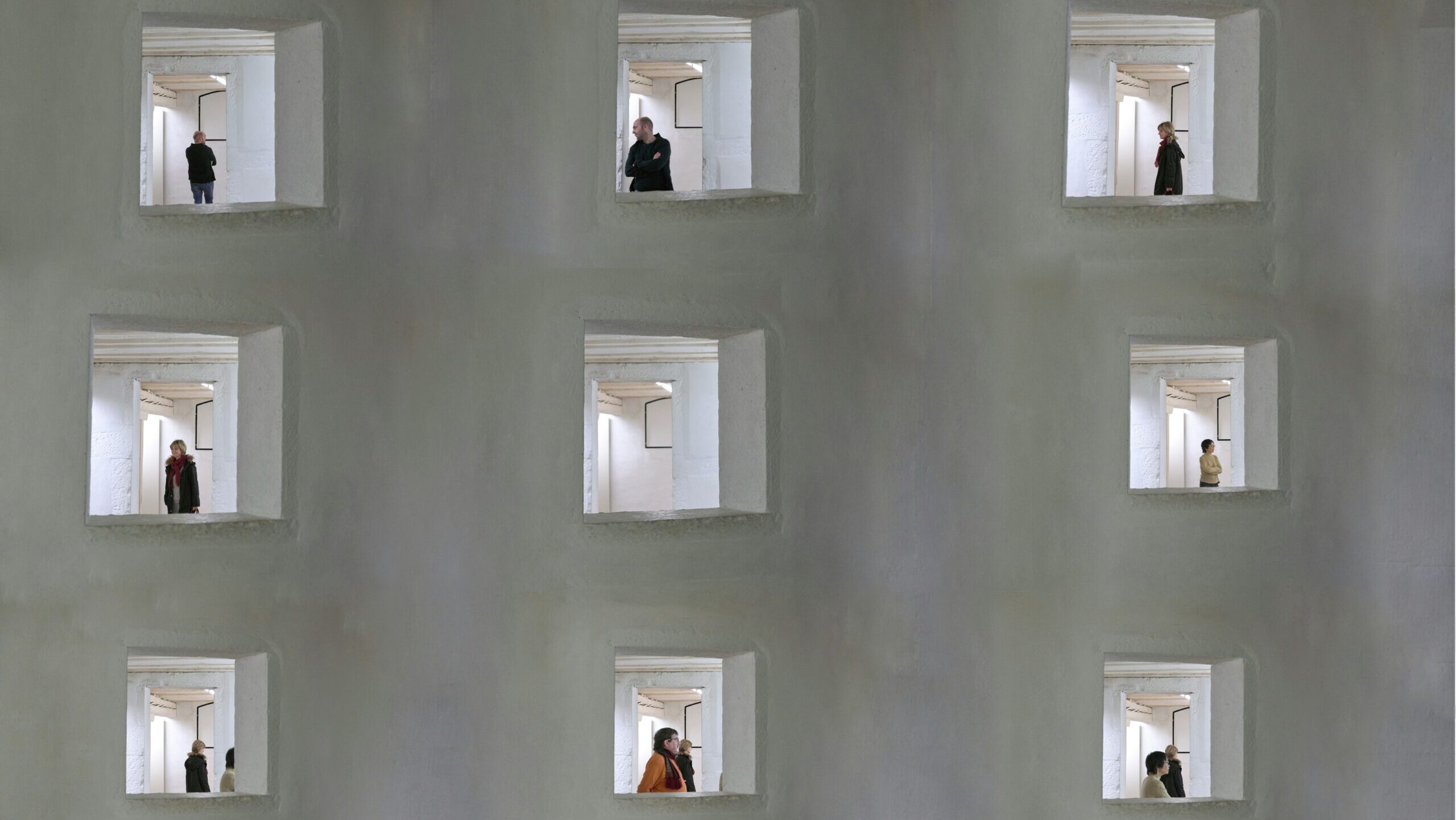In The Making of Public Space: News, Events and Opinions in the Twenty-First Century, originally published in French in 2022 and now translated into English, the distinguished sociologists Luc Boltanski and Arnaud Esquerre inquire into how certain events come to be politicised in contemporary liberal democracies by focusing on the individual and their experience of the public sphere.
The authors identify two core processes which shape the modern public sphere: selection and politicisation. The first concerns how media outlets select facts to create interpretations of an occurrence, whilst the second is about how this occurrence becomes the object of political discourse and, ultimately, political action.
Earlier intellectual traditions emphasised the centrality of institutions, fields, logics, and systems in determining how public opinions are formed, with Jürgen Habermas, Bernhard Peters, Pierre Bourdieu, and the New Institutionalists all being exemplars. What distinguishes Boltanski and Esquerre’s approach is their decision to centre their analysis on the lifeworld – that is, the realm of everyday experience. It is this lifeworld, they argue, that provides the material through which mediated occurrences acquire meaning, becoming events, and eventually, constitute public discourse.
The authors provide a theoretical base for this by drawing a crucial distinction between two forms of experience: the ‘accessible’ encompassing direct, immediate experience, and the ‘inaccessible’, comprising of occurrences that are encountered only indirectly. For Boltanski and Esquerre, news is the medium through which individuals can engage with the inaccessible, albeit whilst maintaining their own lifeworld as a frame. However, the news media does not simply relay experience. They select from an infinite number of possible facts to present and endow them with some preliminary meaning by placing them within a broader interpretative framework (such as a threat to common good, or of potential shared concern).
With this emphasis on the lifeworld, there is an omission of the structural contexts around individuals – as the earlier traditions identify. Ben Bagdikian demonstrated this best in The Media Monopoly, using his classic example of the refusal of newspapers to cover stories which concerned the potential harms of tobacco, at the threat of tobacco companies from withholding advertisements from newspapers. The authors acknowledge only some of these dynamics in passing; a more sustained engagement with these elements—and potentially how they can support or challenge the communication of lifeworlds – would have provided a more comprehensive account of this first process.
The second process in this book, politicisation, receives greater attention. Politicisation, it argues, involves the transformation of mediated events into objects of political discourse, public opinions, and eventually, political action. This occurs through individuals encountering events through the media, and interpreting them through their own personal, ideological, partisan, and generational lenses – the latter of which the authors highlight as central for differing interpretations with vastly different experiences, giving different lenses, and therefore, responses.
The authors emphasise that, once politicisation takes hold, there is typically a demand made for the state to act. Yet, in our contemporary liberal democracies, the state is, in many cases, not the most important decision-maker—many others have filled this space. Non-governmental organisations, community groups, transnational networks, and corporations are all political entities, and quite often have similar demands made of them. In the twenty-first century, politics has gone far beyond the state.
Despite limitations in the scope of this book, the analysis which it performs and the insights which it draws is still impressive. Boltanski and Esquerre use empirical evidence to begin to illustrate how the process of politicisation occurs, with emphasis on how individuals engage in the digital public sphere. They do this by drawing on a dataset of roughly 120,000 comments from Le Monde subscribers – typically older, wealthy, and male – and 8,300 comments from YouTube viewers – a more varied but younger audience—of the National Audiovisual Institute (INA). By comparing the responses to each media interpretation, we can make observations of engagement with political meaning, across two generations. Le Monde’s readership regularly articulates a narrative of ‘declinism’ whereas the INA’s younger and diverse viewership shows more variety in their interpretations.
One of the most striking analyses of this book is its examination of comment moderation as structuring the digital public sphere. The authors report that around 25% of the comments submitted to Le Monde were rejected prior to publication. Whilst certainly not formal censorship, this form of gatekeeping shapes public discourse by filtering out potentially defamatory, inflammatory, or legally questionable interpretations. The authors examine how commenters adapt to these constraints, including the employment of irony, coded language, and rhetorical indirection – the subtle ways through which individuals respond to the boundaries of the platforms, but nevertheless shape public discourse. The attention given to this makes a distinctive contribution to the study of the contemporary public sphere.
In sum, The Making of Public Space offers a theoretically informed and empirically grounded account of the two broad processes through which public opinion is formed. If we take this book as complementary to previous analyses, and not as an attempt to displace them, then it provides us with a valuable, new angle to understand the process of politicisation. The shifting of analytic lens from institutions to the individual suggests that the contemporary public sphere is not simply derived from top-down communication, but a space for reinterpretation.

